Stories Category: Intensive Care
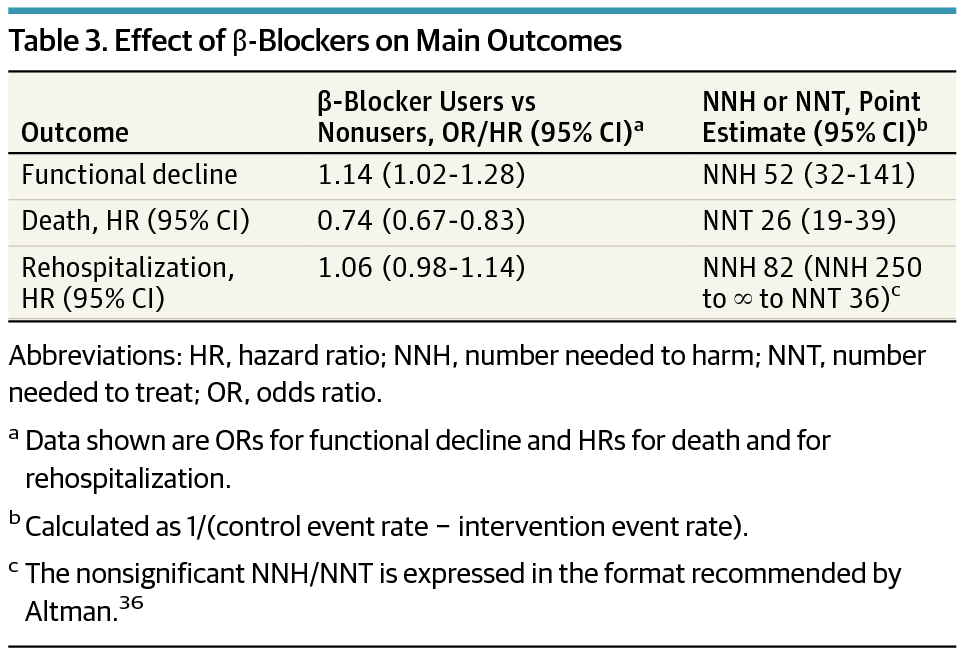
Association of β-Blockers With Functional Outcomes After Acute Myocardial Infarction
This cohort study uses Minimum Data Set and Medicare claims data to assess the association of β-blocker use after acute myocardial infarction with functional decline, mortality, and rehospitalization among long-stay nursing... read more
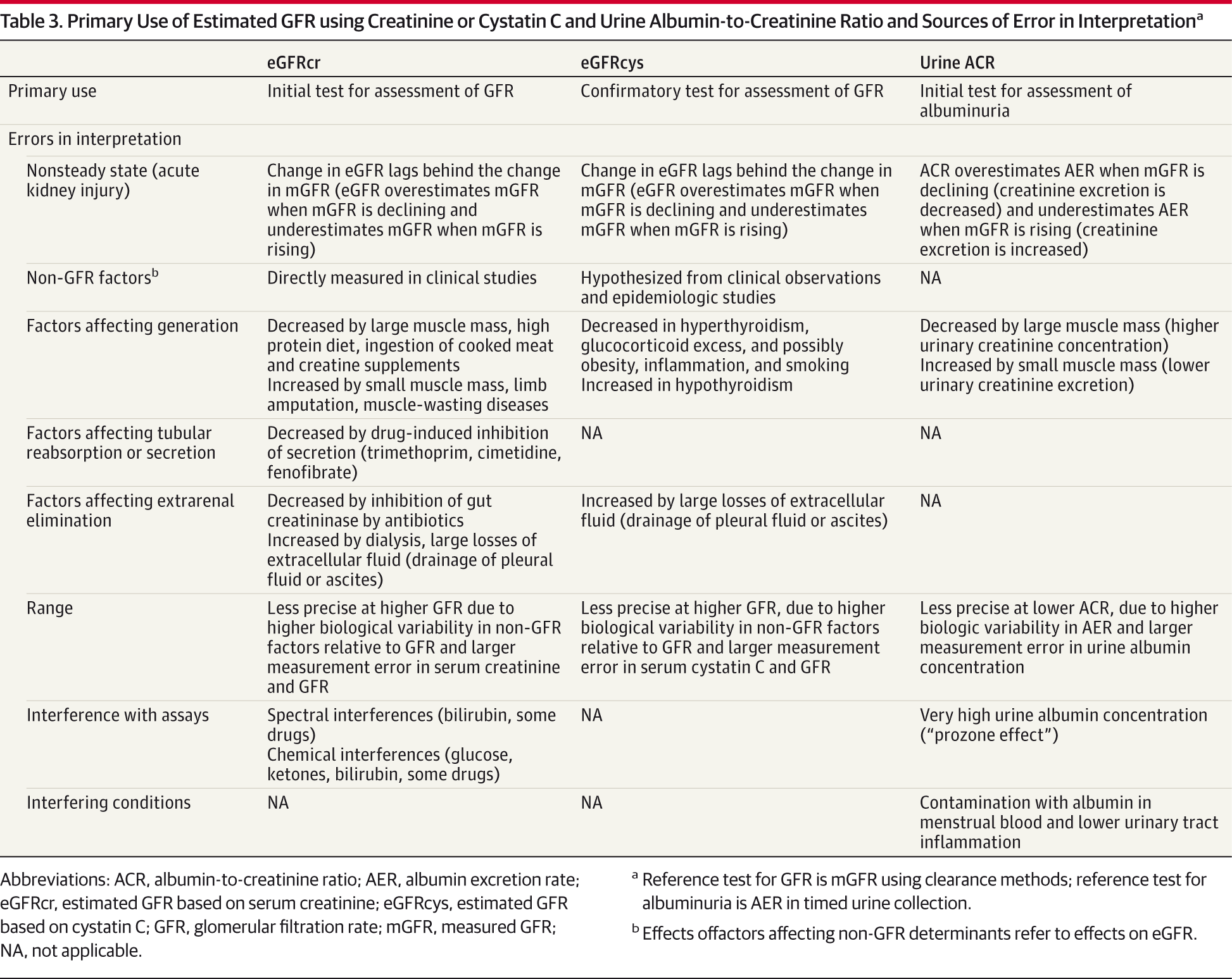
Use of Lab Tests in Detecting Kidney Disease
This systematic review summarizes evidence supporting the use of laboratory tests for glomerular filtration rate and albuminuria to detect and stage kidney disease in adults. Detection and staging of acute and chronic kidney... read more
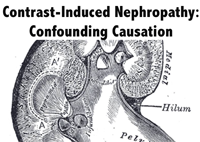
Contrast-Induced Nephropathy: Confounding Causation
Comparing the methodological rigor of more recent CIN studies to those in the past, it seems clear that earlier studies purporting a causal relationship between AKI and contrast administration were only identifying an association... read more
Vitamin D supplementation to prevent acute respiratory tract infections
Vitamin D supplementation was safe and it protected against acute respiratory tract infection overall. Patients who were very vitamin D deficient and those not receiving bolus doses experienced the most benefit. 25 eligible... read more

Guidelines for Family-Centered Care in the Neonatal, Pediatric, and Adult ICU
The primary goal of these guidelines is to identify best practices for family-centered care in the ICU based on existing evidence. These guidelines were developed using a rigorous, objective, and transparent assessment of... read more

Fecal microbiota transplantation a decolonization treatment option
The use of fecal microbiota transplantation is an option to eradicate highly drug-resistant enteric bacteria carriage, according to results from a small pilot study conducted by French investigators. A prospective study of... read more

Rude Surgeons Likely to Make Mistakes
A new study finds surgeons with a history of patient complaints about their personalities or attitude are more likely to make mistakes in the operating room. Researchers compared surgical outcomes with patient reports of... read more
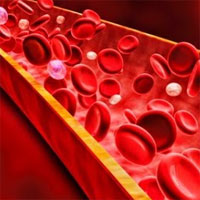
POCT for emergency assessment of coagulation in patients treated with direct oral anticoagulants
Hemochron Signature Point-of-care testing (POCT) can be a fast and reliable alternative for guiding emergency treatment during rivaroxaban and dabigatran therapy. It allows the rapid identification of a relevant fraction... read more

MR-proADM Accuracy Superior for Sepsis Mortality Prediction
The use of novel sepsis biomarkers has increased in recent years. However, their prognostic value with respect to illness severity has not been explored. In this work, we examined the ability of mid-regional proadrenomedullin... read more
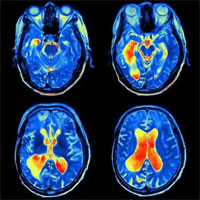
Carotid Stenting Technology Has More Appeal
Ten-year follow-up from the CREST trial and 5-year follow-up from the ACT I study, presented at least year's International Stroke Conference, showed that carotid artery stenting (CAS) holds up well over the long term... read more

Candida Auris forms biofilms that enhance its virulence and resistance
In three separate trials, eight samples of each strain of C. auris grew biofilms that constitute a key driver of Candida pathogenicity. C. auris first attracted attention in 2009 because of its resistance to azoles and amphotericin... read more
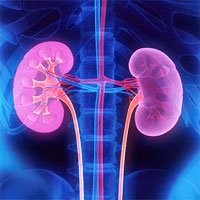
Clinical practice guideline on diagnosis and treatment of hyponatraemia
Hyponatraemia, defined as a serum sodium concentration <135 mmol/l, is the most common disorder of body fluid and electrolyte balance encountered in clinical practice. It can lead to a wide spectrum of clinical symptoms,... read more

Sepsis Readmissions Compared With Other Medical Conditions
This study uses data from a US readmissions database to assess whether sepsis hospitalizations account for a higher proportion of unplanned 30-day readmissions than hospitalizations for acute myocardial infarction, heart... read more

CHS using virtual critical care for heart patients
It just might be the future of medicine. Using cameras, microphones and medical sensors, heart surgeons and cardiologists inside the Sanger Heart & Vascular Institute at Carolinas HealthCare System are treating patients... read more

NIH $3.2 million Grant Funds Mobile Critical Care Recovery Program
Two million of the five million Americans admitted to intensive care units annually have or develop acute respiratory failure, predisposing them to long-term cognitive, functional and psychological impairments collectively... read more

Blood Thinner Also Effective for Artery Disease
A phase 3 trial evaluating the efficacy and safety of rivaroxaban (Xarelto, Bayer/Janssen), an oral anticoagulant, for the prevention of major adverse cardiac events (MACE) - including cardiovascular death, myocardial infarction,... read more
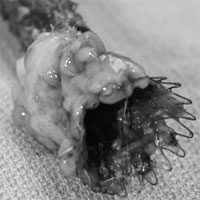
Ureteral stents, sepsis and acute kidney injury: Iatrogenic imperfecta!
Case presentation A 62-year-old woman with a past history of placement of bilateral ureteral "JJ" stents, presented to the hospital complaining of fever, chills, abdominal pain, oliguria and was found to be hypotensive.... read more








